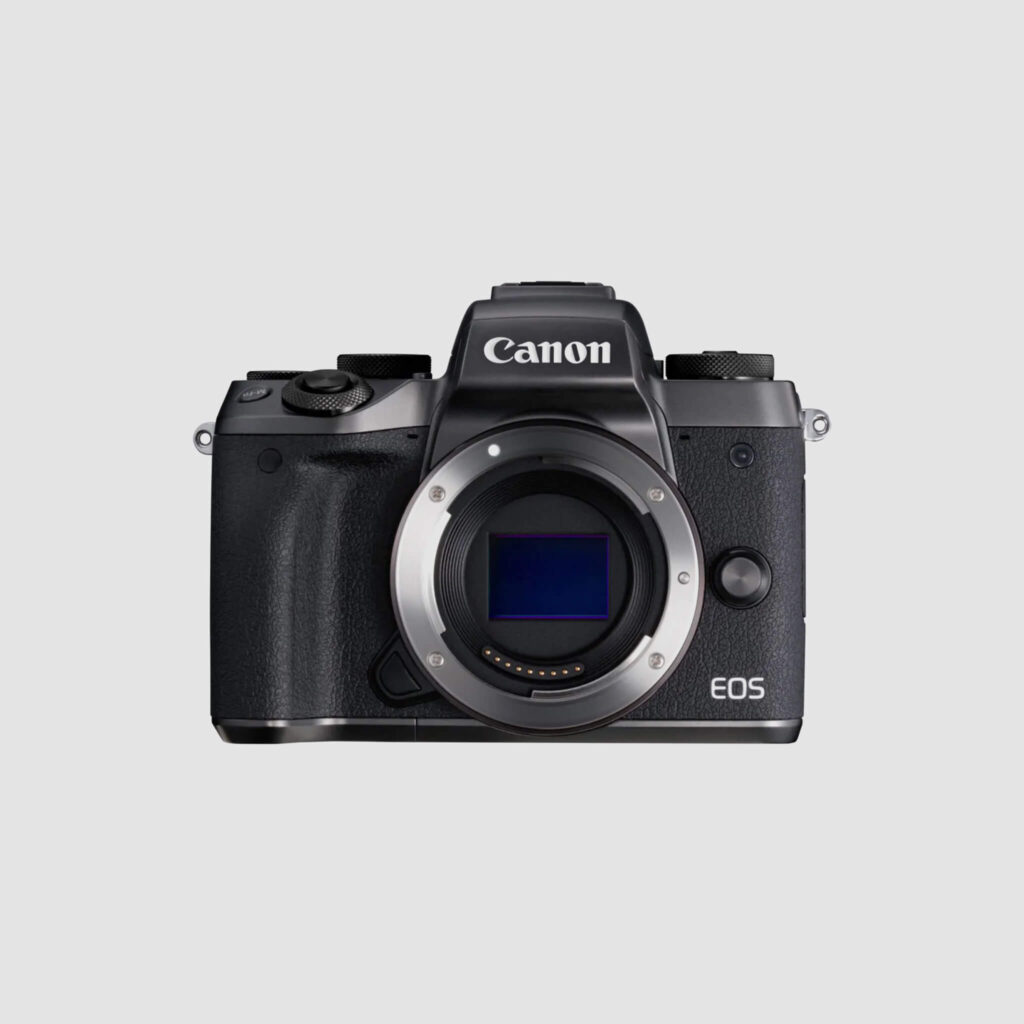MacM545
Leading Member
I happened to find your post after asking about using Lumix cameras for UV and IR. An interesting try also could be a narrowband filter. It May also be interesting to try a filter such as a narrowband Green that can transmit also, a narrow band of INfrared at about 1,100nm; I don’t currently remember the name of it but if interested, let me know, as there are also other such filters available which I have never seen tried on a camera before, whether stock or modified.



